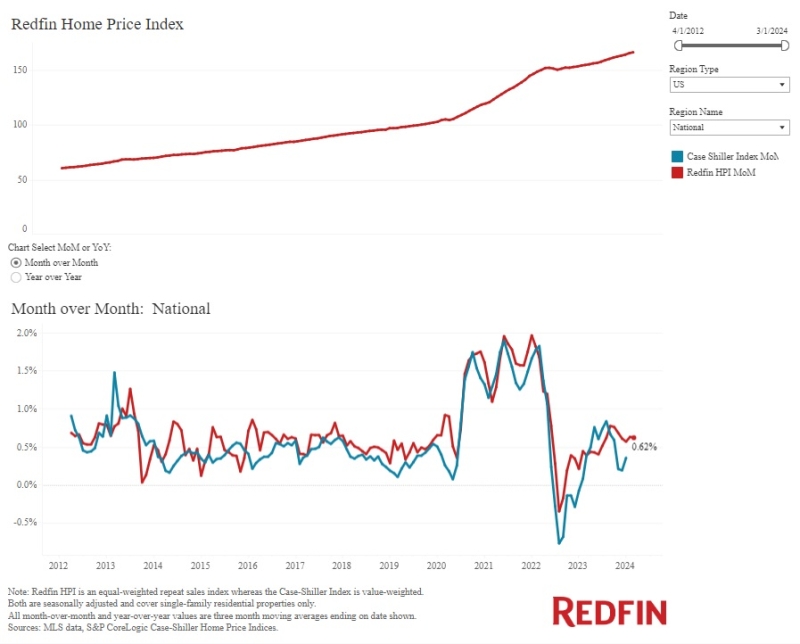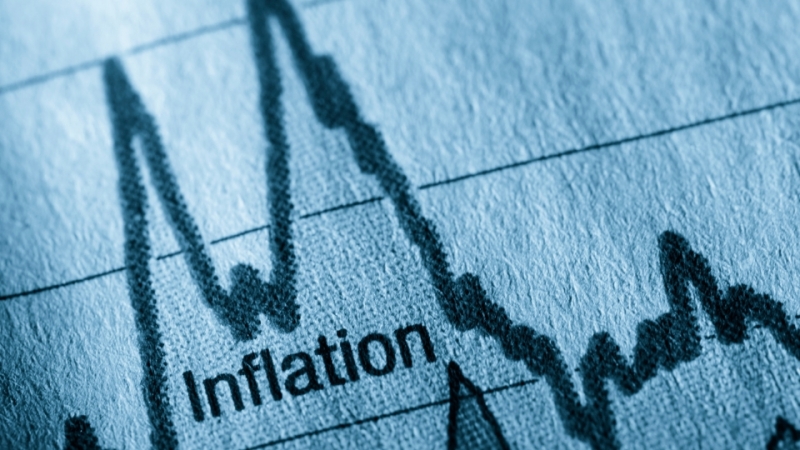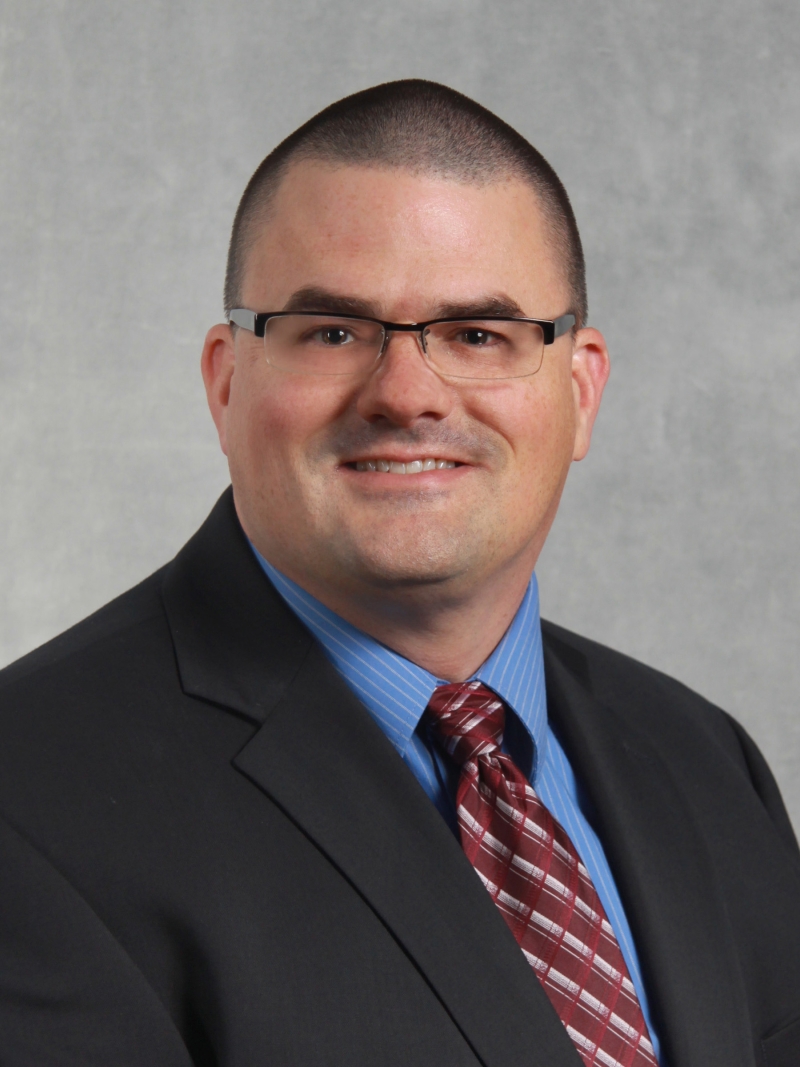Step Inside Ginnie Mae

National Mortgage Professional Magazine and Ginnie Mae are partnering to provide you with useful and relevant information through a bi-monthly series, “Step Inside Ginnie Mae.” This series will provide insight into the housing finance industry, the secondary market, and specifically, how Ginnie Mae works to bring global capital into the mortgage market while minimizing risk to taxpayers. In addition, we will highlight many of Ginnie Mae’s leaders, including Ted Tozer, Mary Kinney and others you’ve heard from in the past. Since our creation in 1968, Ginnie Mae has played a critical role in the U.S. housing finance system by providing the financing for affordable housing opportunities for millions of low- and moderate-income households across America. We do this by providing a guaranty on mortgage-backed securities (MBS) backed by the full faith and credit of the United States.
This guaranty ensures timely payment of principal and interest on MBS that are secured by mortgage loans that are insured or guaranteed by the Federal Housing Administration (FHA), the Department of Veterans Affairs (VA), the Department of Agriculture’s Rural Housing Service, and the Department of Housing & Urban Development's Office of Public and Indian Housing. At Ginnie Mae, we know that our guaranty matters.
Without Ginnie Mae and its full faith and credit guarantee, investors from Wall Street to Asia would not have the confidence to purchase our securities. The purchase of these securities ensures that critically-needed capital flows into the mortgage industry and local markets. Without that capital, the housing crisis would have been far worse, and the economic recovery would have taken much longer.
Ginnie Mae is a proven success at fulfilling a vital public mission. Since the crisis began in 2009, we’ve pumped nearly $2.2 trillion in liquidity into the market, which translates into affordable housing opportunities for more than 9.9 million households. Confidence in Ginnie Mae fueled the rapid expansion of our market share from just under ten percent to approximately 30 percent, and our portfolio grew from $1 trillion in 2010 to $1.5 trillion in just four years. Ginnie Mae’s rapid growth has been critical to stabilizing the mortgage market. But our unprecedented expansion tells just one part of the story. The growth of our portfolio is indicative of the effectiveness of Ginnie Mae’s unique business model and the corporation’s consistent financial stability, which has allowed us to generate a profit for the federal government for more than 20 consecutive years. The business model is simple. Ginnie Mae does not originate mortgage loans, nor does it buy or sell securities or loans for investment purposes.
The corporation guarantees investors the timely payment of principal and interest on securities backed by loans insured or guaranteed by other federal government housing agencies. Ginnie Mae stands in the fourth loss position behind three layers of risk absorption, including borrowers’ equity, federal government loan-level mortgage guarantee programs, and the corporate resources of the lender that issues the MBS. This simple and effective business model—a public/private partnership between the private market and the U.S. government—consistently delivers top-notch securitization capabilities and operational expertise that attracts capital from global investors to America’s housing finance system.
The Ginnie Mae MBS is a win-win-win for borrowers, lenders and investors. This exclusive column is produced in partnership with National Mortgage Professional Magazine and is geared toward highlighting the accomplishments and activities of Ginnie Mae. Our aim is to keep originators informed of our role in the mortgage industry and our vision for the future of the housing finance system. This article originally appeared in the August 2014 edition of National Mortgage Professional Magazine.





